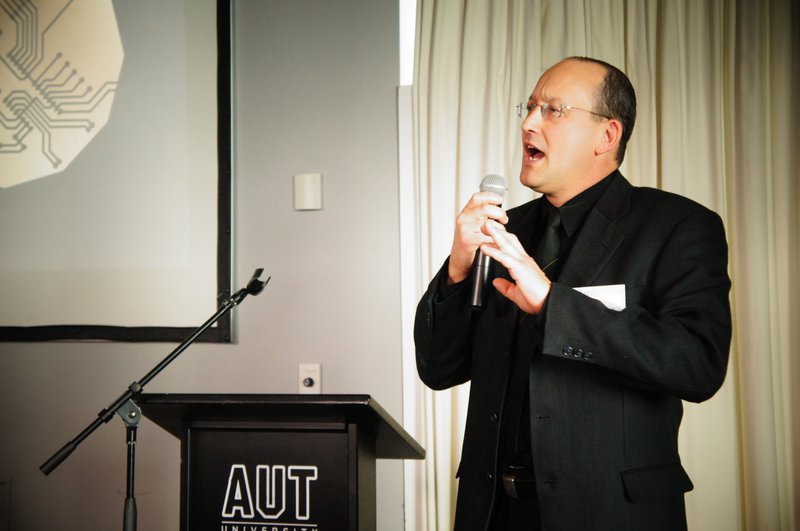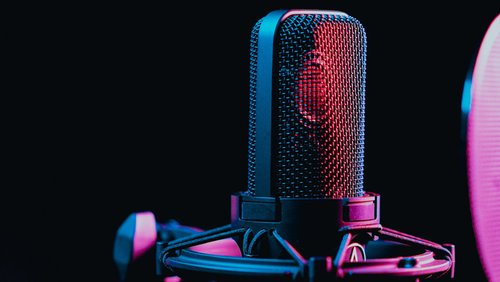7 Dec 2018
This month we head to Auckland to catch up with Roy Nates, an Associate Professor in the Department of Mechanical Engineering at AUT and a Chartered Member of Engineering New Zealand.
What is your role at AUT?
I am an Associate Professor in the Department of Mechanical Engineering, having previously spent some time as Head of Department. My current role includes teaching engineering principles to first years and thermodynamics and engines to years three and four of the BE(Hons) programme. My research areas include renewable energy, medical devices and sport science and I am involved with 12 PhDs as first or second supervisor. I have been at AUT for over 20 years having been a Senior Lecturer at the Universities of Cape Town and Pretoria and prior to that a Senior Research Engineer at Energy Research Institute.
Why did you decide to enter the world of academia?
I was very lucky. The mining company to whom I was contracted decided to sponsor a large alternate fuel research programme and seconded me to the Energy Research Institute at the University of Cape Town. After about eight years in the purely research and development field it seemed a natural progression to a full academic post. My first of year teaching was quite frightening, but I soon realised that I really enjoyed it and I have never looked back.

Roy Nates
Learning environments have changed over the years to cater for students. What changes have been incorporated into the new school of engineering, computer and mathematical sciences to cater for today’s students learning styles?
Having started teaching in the late 80s, and having lectured at three different universities, it is interesting to reflect on the constants and progressions. In my case (thermodynamics, fluid mechanics and heat transfer) the syllabus is unchanged, which is unlike my electrical and electronic colleagues who have to contend with new devices and theory every six months. The delivery is still similar in that it involves lectures, tutorial and labs. However, the amount and access of content is vastly different. Historically, students had a textbook and lecture notes (their own copied from a blackboard), and a library that engineering students rarely used. At AUT today, the students have access to a vast range of information around the subject they are studying, including lecture notes, videos, commentaries and blogs. The students’ connectivity to intranet and internet allows for them to quickly find information and help.
Throughout the years, you would have overseen many projects. What are some of the highlights of working with student project teams?
- Detonation-chamber experiments that always brought in the campus security to investigate.
- Burning down a house with the New Zealand Fire Brigade.
- Ductless pulse jet that was so noisy that we could only run on weekends during the day.
As an academic, you’re constantly learning. What have you learnt from your students?
Students teach me that there is always another way of looking at a problem and also solving a problem. Students teach me humility. You may be in front of the class but you cannot know and understand everything. I would find teaching very boring if the students did not teach me. I enjoy classes that challenge me and I am quite happy to say that I don’t know, but will research it and report back at the next class.
Was there an academic who inspired you when you studied engineering? Why did they inspire you?
Yes. As an undergraduate I had a lecturer who inspired me with his enthusiasm for all things engineering. It was his exuberance and fun that gave me a fundamental approach to my own teaching.
Why are you a member of Engineering New Zealand?
Because without this we would not be an engineering profession. I strongly believe that like the medical, legal and accounting professions who are defined and led by their professional bodies, so too is membership of Engineering New Zealand necessary for engineers.
How do you engage with Engineering New Zealand?
At AUT, I am a very strong advocate for student membership. In my lectures and interactions with students, I stress the understanding that they are entering a profession. The structure of this profession is established by Engineering New Zealand and maintained by membership. There is no profession without a professional body. I am helping out with an Engineering New Zealand advisory group visiting Fiji National University to review their engineering qualifications. I am also an academic auditor for the Academic Quality Agency which is the agency that audits universities as a whole.
What do you do in your spare time?
Karate and generally getting outdoors. Reading sci-fi on the beach in summer. Research also spills into my spare time, in the form of reading thesis and paper drafts, also on the beach, weather permitting.




